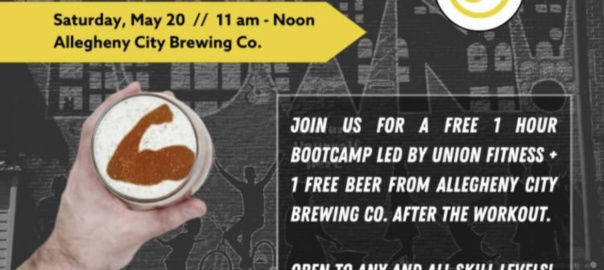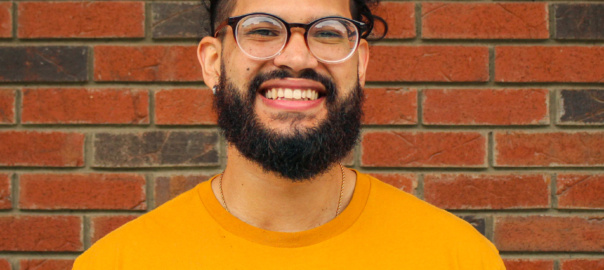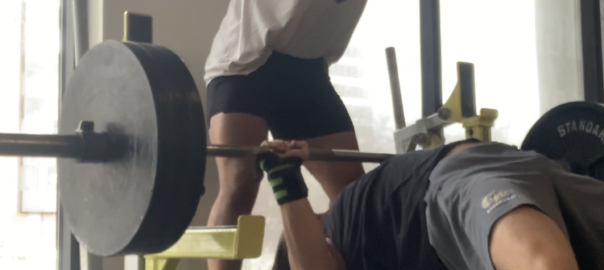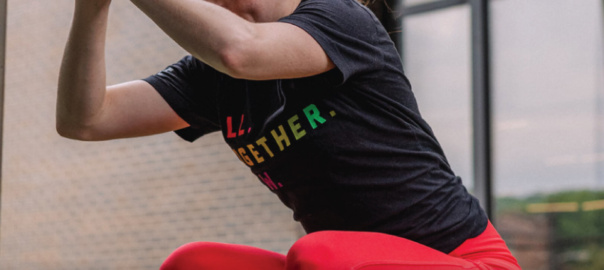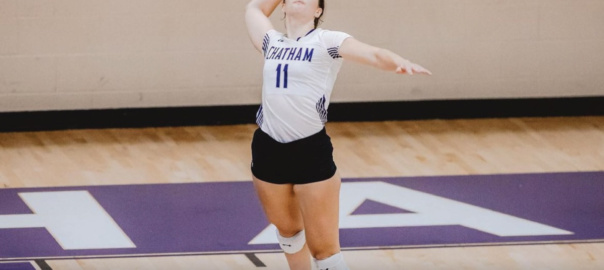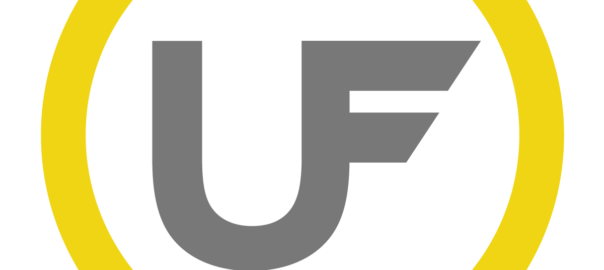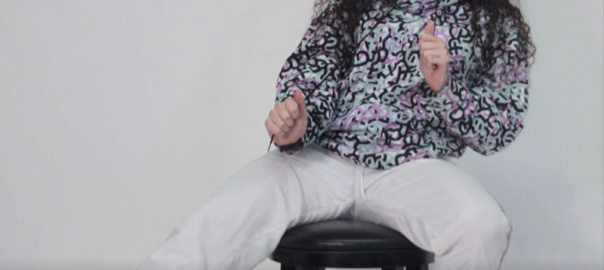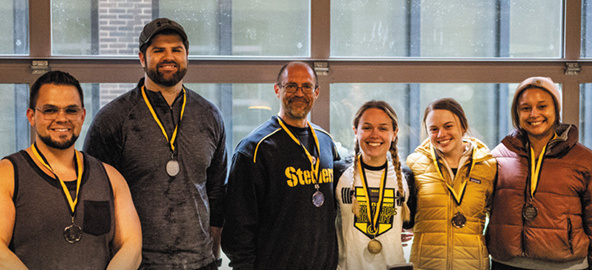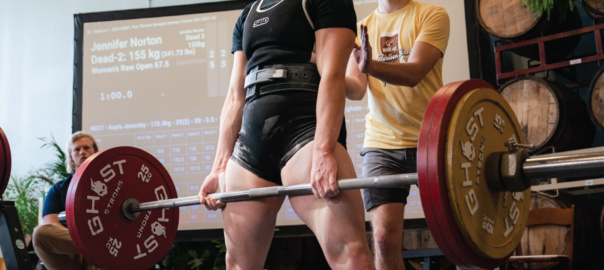What is rolling my good party people!
It’s that time of year again, where the Pittsburgh Sun is bright, the Allegheny City Beers are cold (and crisp as always), the bootcamps are bootin and we can all come together for the community. That’s right, you heard it here first, it’s Summer Bootcamp time! Go ahead take a few seconds to clean off your screen from spitting your drink of choice all over the place and expelling a celebratory victory screech of excitement, I’ll still be here.
Welcome back, folks. Let’s get you some juicy details about this glorious event. We are partnering with our good homies over at Allegheny City Brewery for a 1 hour FREE bootcamp for charity + a beer on Union & ACB. What’s not to like about that?! The free bootcamp will be held on Saturday, May 20th starting at 11am and going until Noon. After that we’ll hang-out at ACB and enjoy their handcrafted nectors of deliciousness while celebrating the good times. For this bootcamp we will be asking for clothing donations to help our Northside neighbors at Light of Life Rescue Mission. Get a head start on your wardrobe clean up and let’s give for good. A reminder that if you are nervous and a little bit hesitant about working out in front of others or that this may be too difficult for you. We are welcoming all levels from beginners to seasoned vets of exercisers and are skilled and educated coaches that can tailor and modify to your specific comfort level. We are all here to promote health, wellness and exercise while supporting our local community businesses and neighbors.
Please spread the word and let’s kick off this first summer bootcamp the only way we know how to, Big & Bumpy! You can sign up online on the Union Fitness website under classes or reach out to CJ for this all levels welcomed bootcamp.
What: ACB & Union Free Charity Bootcamp & Beers
When: Saturday, May 20th from 11a-Noon
Where: Allegheny City Brewing side parking lot
Why: To promote wellness, celebrate local business and support a good cause
Who: You, your friends, members, non-members, beginners, experts & all who want to have a blast with new & old friends.
P.S. If you know any local business or company that would be interested in Union holding a bootcamp at their local, please reach out and let’s get more parties started.
Cheers and I hope to see you all very soon.
CeJ
